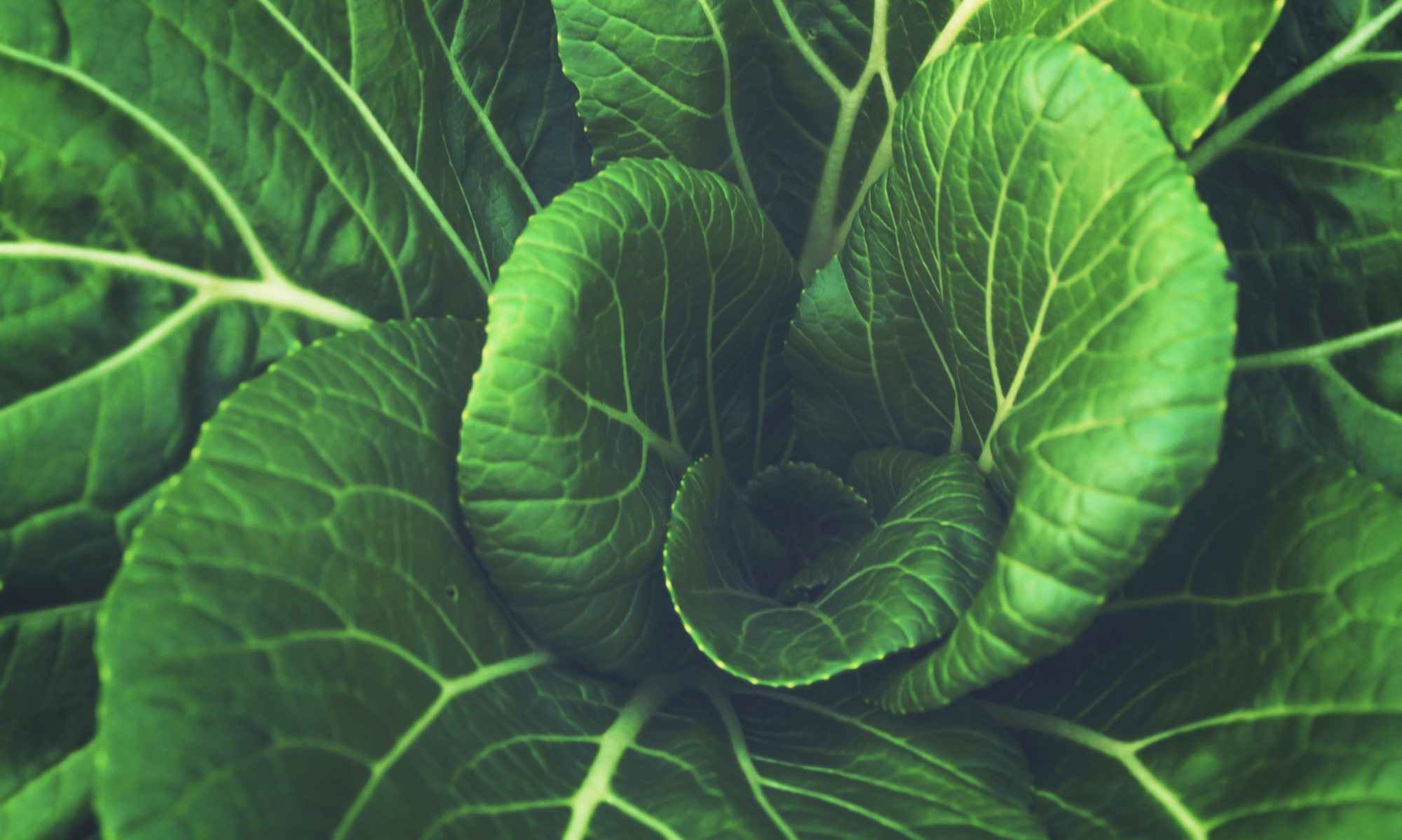The Rise of DNA
There are many theories regarding how genetic material arose. Some say nucleic acids were the replicating molecules all along while others say they entered the replicators environment and provided an efficient way to adapt to the surroundings.
The importance of genes will be explained in another post but to continue through the process of evolution, we must appreciate its importance.
The evolution of genetic information is a huge leap because it is the first time information could be stored and passed on to new replications (also known as generations). This opens up a huge amount of possibilities regarding how diverse life could become over time. The degree of information that can be stored in DNA will also be covered in another post.
The Dawn of Conventional Natural Selection
Like the small changes that made each replicator different, these small changes continue within each individual’s system (cell or bacteria) as changes in the information stored in DNA. Over time, this allowed small changes to increase survival rates of certain cells in different environments.
Once again, over millions of years, these small advantages added up and resulted in cells that began to look and behave very differently depending on their surrounding environment (habitat).
Up until this point, all cells were using primitive, relatively inefficient ways of extracting energy from their surroundings. However, as bacterial populations skyrocketed, these machines needed to find ways of extracting more energy from the environment. This leads us to the last fundamental product of evolution: photosynthesis and respiration.
The Evolution of Modern Metabolism
Inception of Photosynthesis
When I was describing the atmosphere of baby Earth, notice how I did not mention oxygen as a major gas. This is because physical evidence suggests that greenhouse gases made up the majority of the atmosphere (similar to Venus).
As a result, cells could not evolve to use energy as us mammals do. Instead, natural selection slowly began favoring organisms that could harness light energy. As a result, the following generations slowly became dominated by a species known as cyanobacteria.
These bacteria, over millions of years, pioneered a new type of metabolism that took carbon dioxide, sunlight, and water and converted it into usable energy molecules releasing toxic oxygen gas into the atmosphere. This process will also be covered in a future post.
As a result of this breakthrough, the vast majority of bacteria that survived used photosynthesis. After all, the abundance of carbon dioxide and water was basically “free energy” and, like humans today, they were unaware that they were slowly changing the composition of the atmosphere.
After another few hundred million years, Earth’s atmosphere looked radically different. Oxygen had become a large part of the air surrounding the planet. Unfortunately for the cyanobacteria, this slowed their growth dramatically. The extra oxygen was like poison to them and this ended the monopoly of plant-like life on Earth.
Inception of Respiration
Now that oxygen was present in the air, organisms that could use it to extract energy would have an enormous advantage. Therefore, natural selection favored organisms that could use oxygen to harness chemical energy, giving rise to cellular respiration. In the process of using oxygen to break down molecules, these organisms produce carbon dioxide (a gas toxic to them).
At this point life has achieved stable cycle of energy usage. Plant-like organisms used sunlight and carbon dioxide to make their energy, releasing oxygen. In turn, respirating organisms used oxygen to harness energy, releasing carbon dioxide.
This self sufficiency in energy production allowed diversity to explode. Small changes adapted organisms to live in different areas of the oceans. These changes continued adding up, little by little, until it was impossible to recognize what these organisms’ ancestors may have looked like. Eventually, life evolved to exist on land, a new frontier, and small changes led to an insanely diverse set of organisms on Earth.
In Conclusion
This process is ongoing everywhere even now as the world we live in continues to change. However, there are two important things to note:
- Natural selection, although effective, is based on random differences. As a result, it can be discouraging to look at the world and notice little hope for evolution. In future posts, I will show examples of evolution at work.
- Natural selection takes place over hundreds of millions of years. On the evolutionary time scale, our lives are almost impossibly small. Evolution requires a random beneficial trait to appear in one organism and spread throughout the population over countless generations. This concept is often underappreciated or dismissed because it is so hard to grasp. Think of it like this: if you zoom into a curved line close enough, the line will appear straight. To us, life appears as if it is everlasting and unchanging simply due to how short our lives are. It is important to remember the bigger picture when thinking about all forms of life.
The story of life goes to show how important small things are in the grand scheme of things. Even the slightest advantage, once applied over a large enough time period, can the world in unimaginable ways.
My friends may laugh at me for collecting worthless pennies and nickels but at the end of the day, I got an extra meal out of it.


